A bathtub is a relaxing, and luxurious, alternative to a shower. A good bath will help set the scene for your bathroom, and with a wide range of bathtubs available in a huge variety of materials, shapes, sizes and colours, you have a bit to consider before choosing the perfect one. We’ve created this guide to help you find a tub that fits your needs and will give you years of enjoyment!
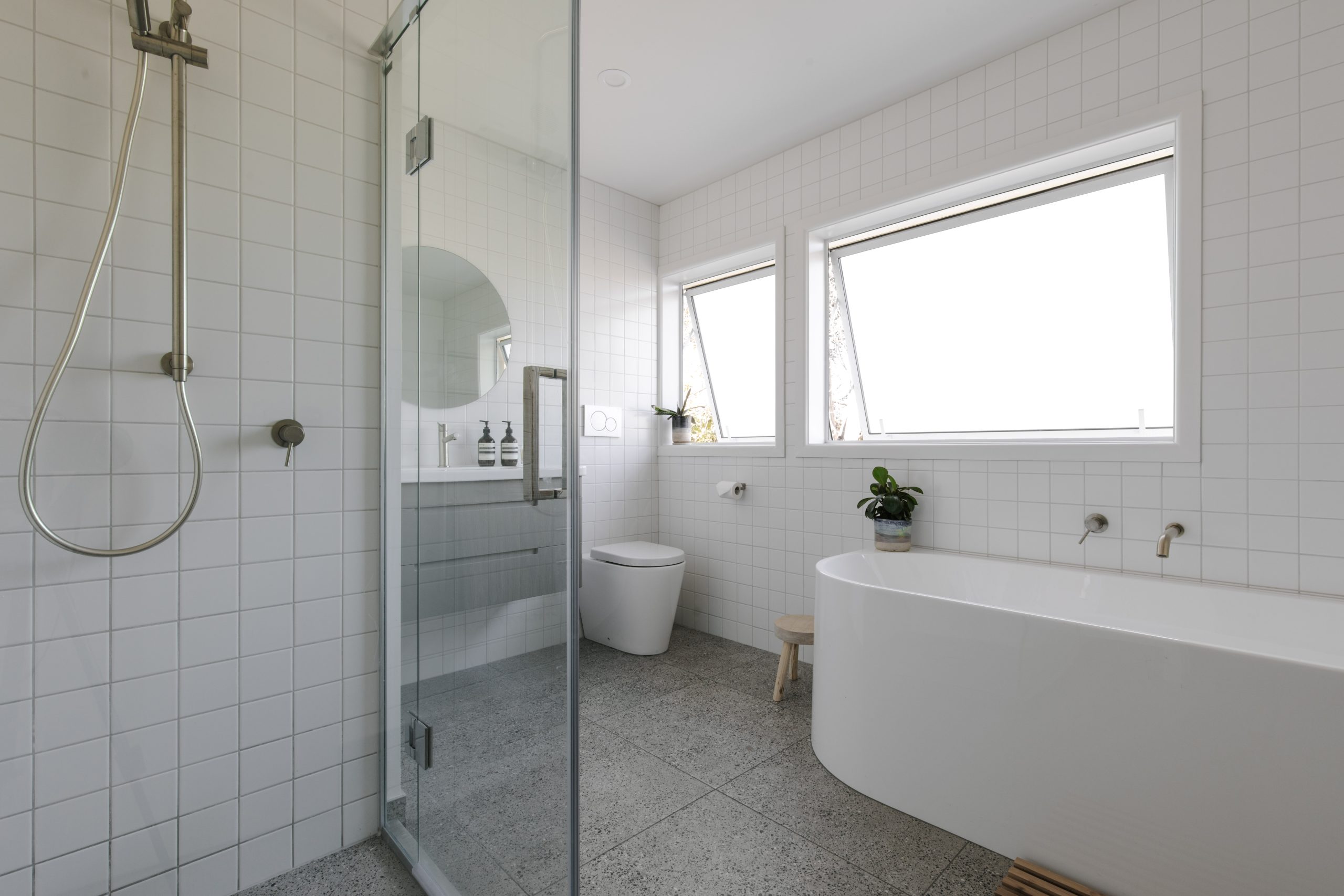
Consider what you need in a bath
What are your needs? Who is going to use the bathtub (a couple, kids, elderly)? If there is someone using the bath with limited mobility, this may mean installing specially designed features including grab bars, a step for safe access with a non-slip surface, wide edges for sitting and easing into the tub, and walk-in tubs especially designed for those with limited mobility.
Try it on for size and comfort
When shopping for your new tub, consider the height and slope of the backrest. Is the bath deep enough so you can become fully submerged under the water? Can you get in and out of your tub safely? Is the bath comfortable? Can you fully extend your legs while in a relaxed, reclined position? Everyone using the bath should be able to lie down, relax and submerge their body.
What’s your budget?
Often a standard bath (approximately $700) will do the trick, but if you want a bath that has longevity, then spending a bit extra on a quality tub will see you through many years of blissful bathing.
How much space do you have?
Before you go shopping for your new bathtub, determine the exact dimensions of the space in the bathroom where the tub will go. Think about the types and shapes of baths that will fit into the area. Select a model to fit the space available. If space is at a premium, try going for a lower tub which makes a small bathroom look bigger, or a short bath with a good depth.
Positioning your tub
Placement generally depends on the type of tub you choose for the space. For example, a recessed bath should be positioned in a corner or an alcove. Where possible, group plumbing together (i.e. taps for bath, sink and shower attached to one wall) to cut down on the amount of water and drainage pipes behind other walls.
In small bathrooms where space is limited, installing a shower over the bath may be the best option. Another way to make use of limited space is by simply installing a smaller bath.
If you have a large bathroom, then great! You have freedom to place the bath wherever you feel like (taking into consideration positioning of the plumbing pipes), for example the centre of the bathroom. But choose carefully, because re-positioning your tub after installation is not easy. You may also want to consider other options like recessed baths, freestanding bathtubs and jacuzzis.
Types of tubs
Freestanding
Freestanding tubs feature a sculptured bathing bowl on a solid base or cradle, and take up quite a bit of space in the bathroom.

Clawfoot
For dramatic and bold bathing. The sculptural clawfoot tub has signature legs to support tubs that are very deep compared to modern-style tubs.
This type of tub creates the illusion of more space because flooring remains visible to the wall.
Variations of the clawfoot:
- Slipper tubs (feature high sloped end for increased comfort)
- Double ended tubs (sloped at both ends)
- Pedestal (sits on a pedestal instead of clawed feet).
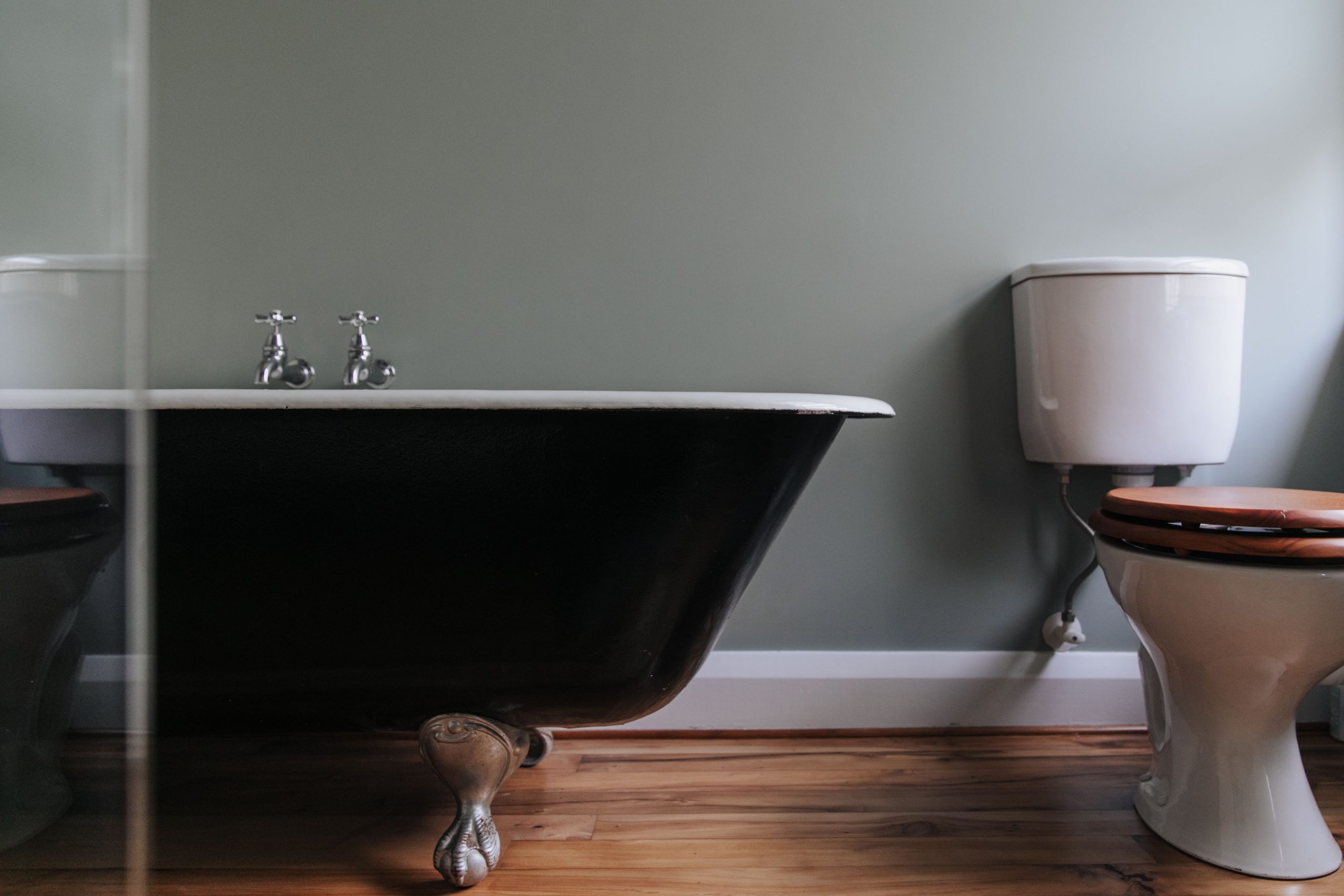
Recessed or alcoved
Recessed or alcoved baths are found commonly in New Zealand bathrooms. They are often installed against a wall on two or three sides and comes in a variety of materials, including enamel coated steel, cast iron, acrylic or fibreglass. Recessed or alcoved baths often come with showers over them.
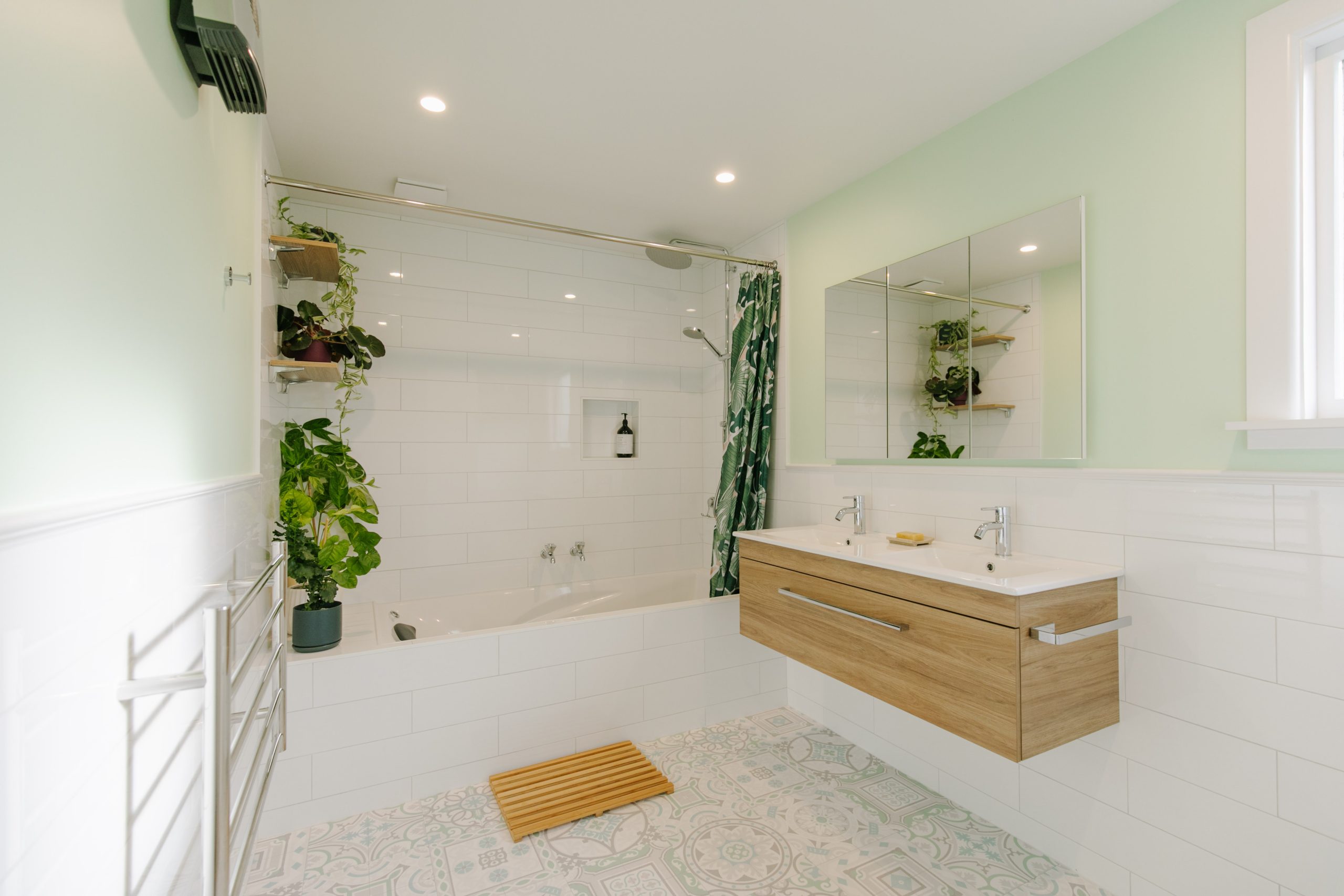
3-wall alcove
3-wall alcove baths are common in small spaces, and nestled against walls. They are often accompanied by a wall-mounted shower.
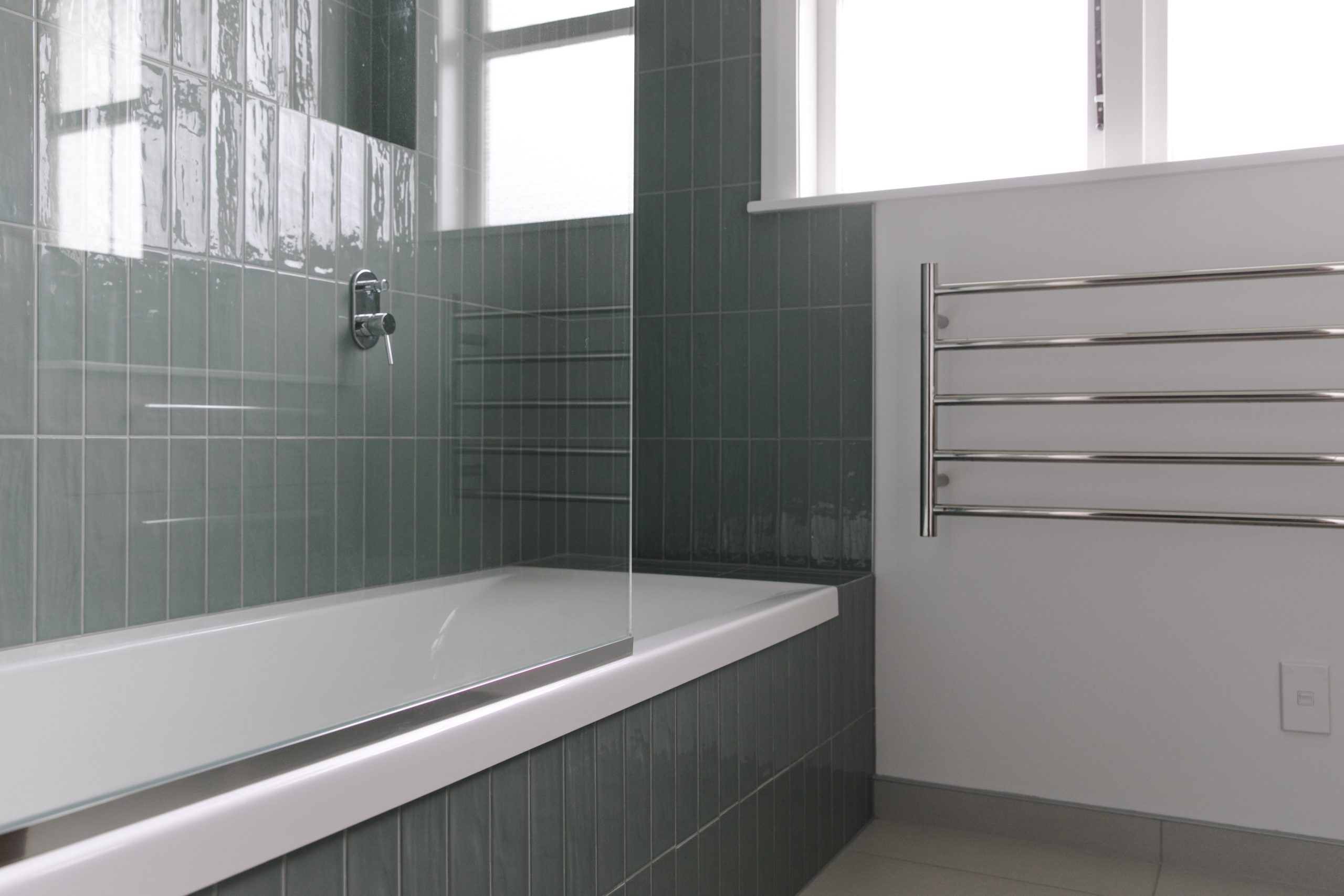
Drop-in
Tub shell fitted in the floor, a framed enclosure or platform, that’s finished to match bathroom cabinets or tile. Built against a wall.
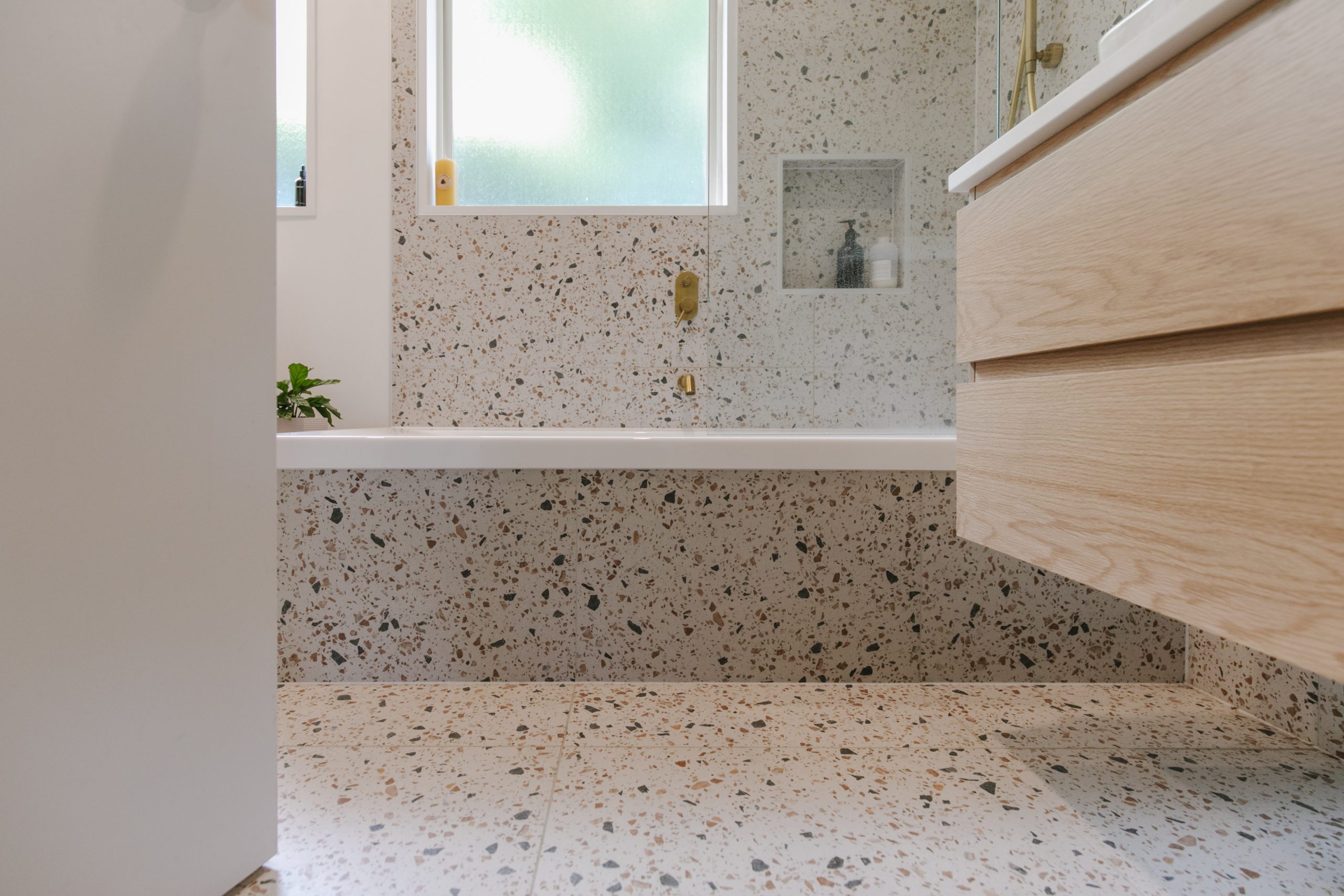
Undermount
A drop-in style tub for floor level installation. Flooring covers the edges of the tub.
Corner
Corner tubs are variations on the alcove and drop-in designs. The large triangle fits into a corner like a wedge and its size is ideal for dual bathing. This is a great option when space is limited and a regularly shaped tub isn’t practical. Can often be enhanced with jets.
Commonly used bathtub materials
Most baths are made from sheets of acrylic that have been heated and molded into a specific form. They can then be reinforced with additional materials, such as fiberglass, metal, or wood.
Acrylic baths have good heat retention with insulation and are easy to maintain. The strong and lightweight construction stands up to high temperatures and ultraviolet light, and is highly resistant to chemicals and mildew. Acrylic baths are also the most popular choice because they are the least expensive option.
Whilst acrylic is the most recommended material for baths, cast iron, copper, porcelain and enameled steel are also excellent options for their durability, although they are more expensive.
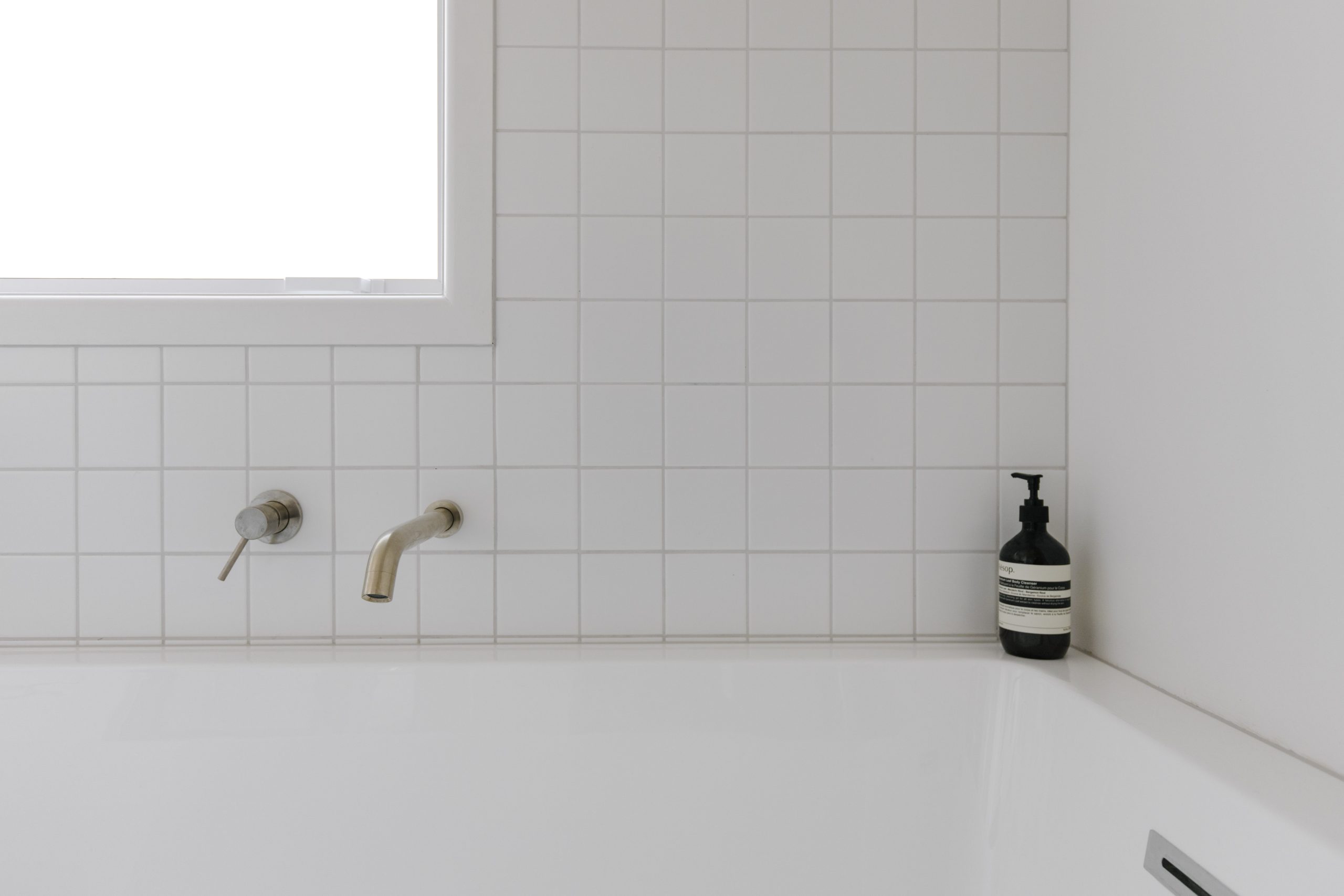
Fancy features to consider
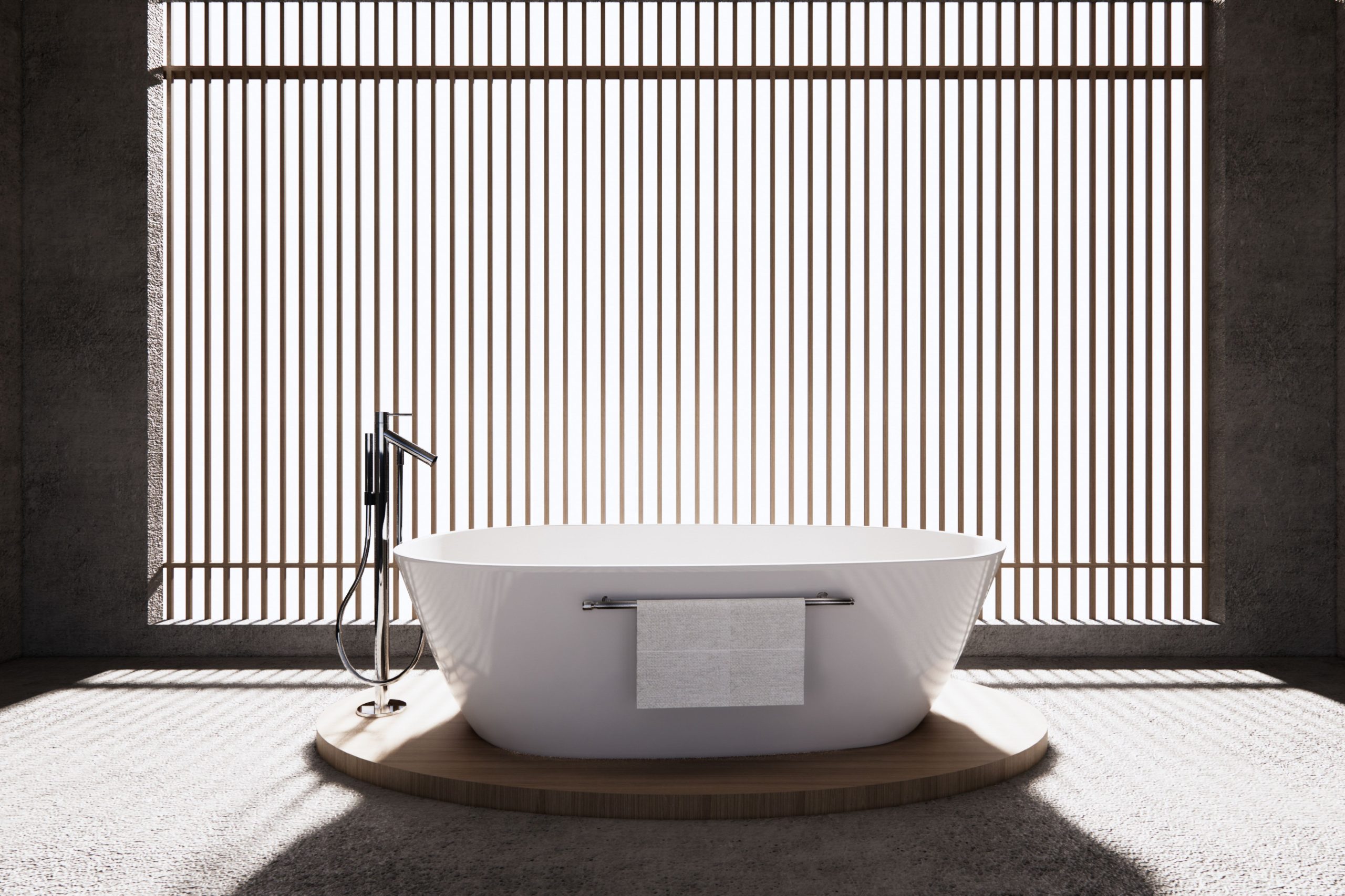
There a number of extras to consider when selecting the perfect bathtub, particularly in the higher end products. Indulgent features include:
Air jets and bubbles
Still as popular as ever, the whirlpool now has more modern features including in-line heaters (to prevent heat loss), silent motor technology, multi-speed settings, foot massage jets and micro-public jets (to create a champagne-like effect).
Chromatherapy
Underwater LED lights change colour (chosen by you). Select a colour to suit your mood.
Built-in speakers for music
Sound resonates through the water so you can feel the vibrations of your favourite tunes.
Digital controls
With a built-in touchpad you can control the temperature, jet direction and flow, colour and music to make each bathing experience unique!
Insulation
Once you’ve purchased your new tub, insulate it before your install it. This saves energy and water top-ups when water starts to cool when you are bathing. This is because if your tub is not insulate, heat dissipates through the walls and base of bath, especially if the side of the bath is set against an exterior wall.
—
If you liked this bathroom renovation guide, head over to our Articles page for more helpful bathroom renovation tips. If you are thinking about renovating, get in contact with us for a quote. At Butterfield Bathrooms, we specialise in bathroom and laundry alterations, renovations and conversions throughout Canterbury, Darfield, Rolleston, Rangiora and Lincoln. Visit our Budget Guide page and our bathroom renovation calculator to give you a broad estimate of what your bathroom is going to cost to upgrade. Keen to see some of our recent work? Check out our Work page and Instagram and Facebook pages.
